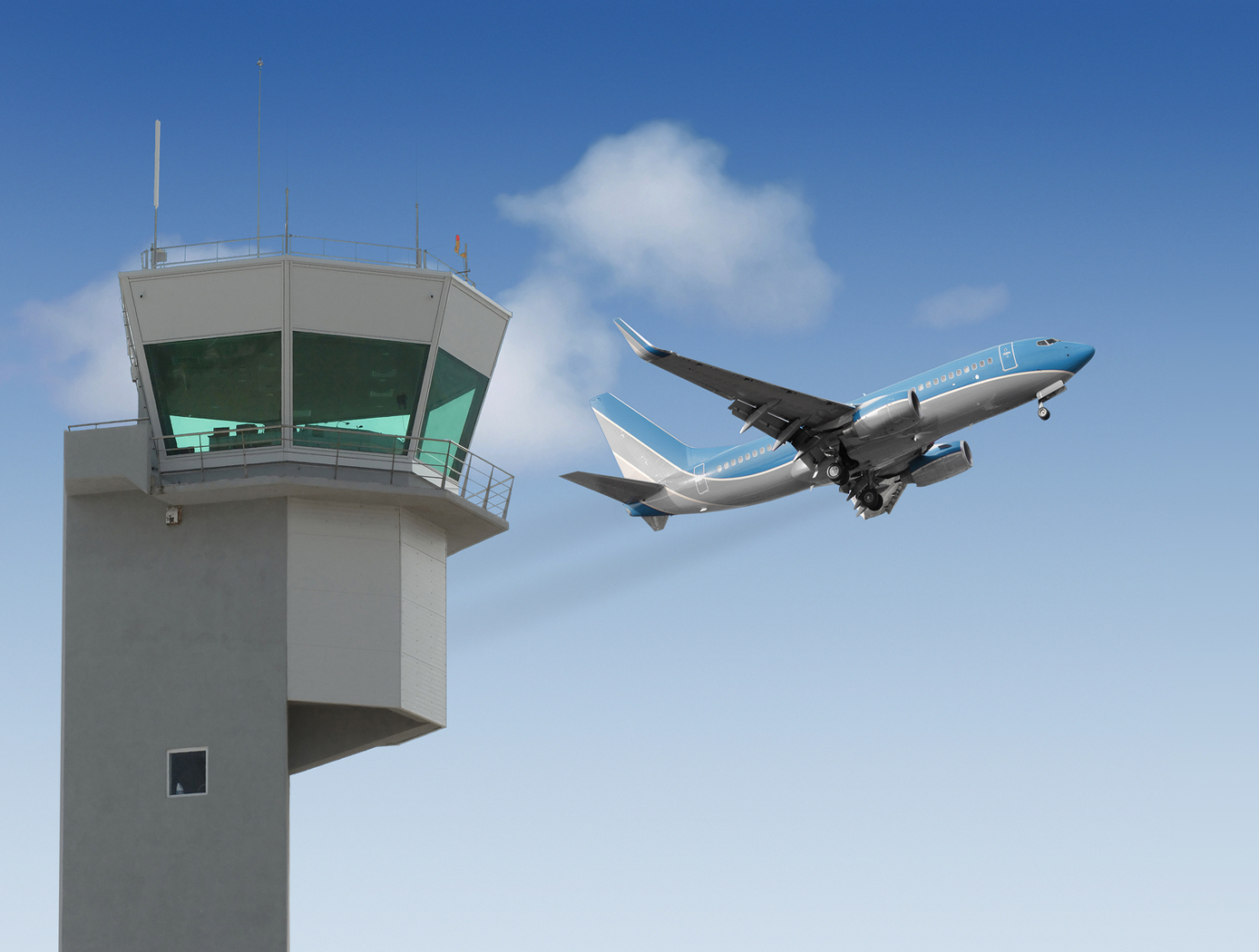Search
aerospace

FACET: Future Air Traffic Management Concepts Evaluation Tool
Actual air traffic data and weather information are utilized to evaluate an aircrafts flight-plan route and predict its trajectories for the climb, cruise, and descent phases. The dynamics for heading (the direction the aircraft nose is pointing) and airspeed are also modeled by the FACET software, while performance parameters, such as climb/descent rates and speeds and cruise speeds, can also be obtained from data tables. The resulting trajectories and traffic flow data are presented in a 3-D graphical user interface. The FACET software is modular and is written in the Java and C programming languages. Notable FACET applications include reroute conformance monitoring algorithms that have been implemented in one of the Federal Aviation Administrations nationally deployed, real-time operational systems.
aerospace

Method and System for Air Traffic Rerouting for Air-space Constraint Resolution
National Airspace System (NAS) Constraint Evaluation and Notification Tool (NASCENT) employs a NAS-wide simulation and analysis infrastructure that implements airspace constraint avoidance algorithms for efficient routing. NASCENT uses NASA-developed aircraft performance tables for computing climb, cruise, and descent trajectories. Reference routes are created that save more than a user-specified number (e.g., five) minutes of flying-time savings. The return capture fix for the reference route is the last fix on the current flight plan within a limit region (derived using this patented technology). A Maneuver Start Point is selected to allow time for coordination of the reroute with the Federal Aviation Administration (FAA). These routes are checked against the weather polygons, FAA denoted Special Use Airspaces (e.g., Military Operations Areas) and Temporary Flight Restrictions (TFRs); and additional waypoints are added to avoid these airspace constraints. The wind-corrected flying-time savings are reported for each flight. The polygons are first converted into convex hulls and inflated by a user-specified number of nautical miles (e.g., 20, for weather) to account for the FAA requirements. Lateral and/or vertical advisories are created using a binary tree search along the left-side and right-side, up to the return capture fix, to find a minimum-deviation delay solution. The NASCENT system provides notification for congested sectors along the current flight plan and the proposed avoidance route, along with flights impacted by FAA imposed required Traffic Management Initiatives (TMIs, reroutes, Ground Delay Programs, etc.). The reroutes can be implemented with no changes required to the current FAA operational infrastructure.
Aerospace

Digital Twin Simulator of the National Airspace System (NAS)
The digital twin NAS simulator provides a complete digital copy of the individual systems that comprise the NAS to allow for the creation of offline simulations to test proposed changes to one or more individual systems based on actual historical data from the NAS or on real-time data from the NAS. The NAS is composed of a collection of systems, including source systems such as weather stations from various locations or airports, which are used by other systems such as individual aircraft flight data and airline operators. Other systems may include management systems such as the FAA, air traffic control centers, and flight traffic monitors. Operational data from each of these systems may be archived by a central information sharing platform such as the System Wide Information Management (SWIM) Program operated by the FAA. The digital twin NAS simulator can access archived SWIM data to create a digital twin NAS system to provide a virtual environment that may operate in real-time alongside the actual NAS, with the digital twin receiving live data updates from the actual NAS. A dedicated application programming interface (API) is used to facilitate communication between various distributed external components and the testbed. The testbed receives NAS data during a test and feeds the data to the simulation manager for use with a digital twin of the NAS system. The result is a virtual environment that is an exact twin of the actual operational system and is able to function identically to the actual NAS system because it is based on and uses the same data archived from the actual NAS system. A primary function of the virtual twin NAS is that it will allow for changes to one or more systems to be simulated against the archived NAS data and subsequently allow for a comparison between the simulated results and the actual results from the operational system. The digital twin simulator may also function in a distributed network environment, allowing for simulations of different elements to run simultaneously, which speeds up and improves the testing and evaluation of proposed changes.



